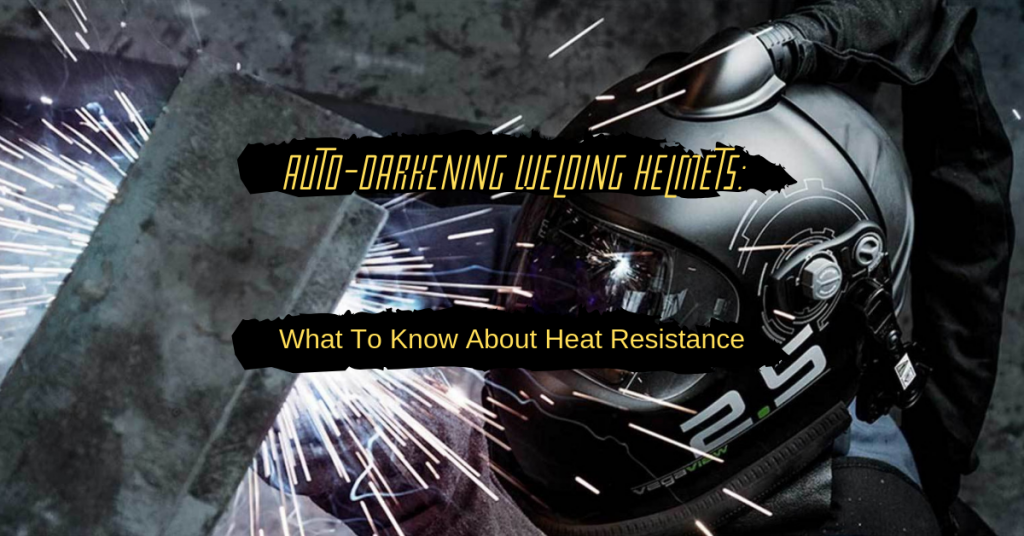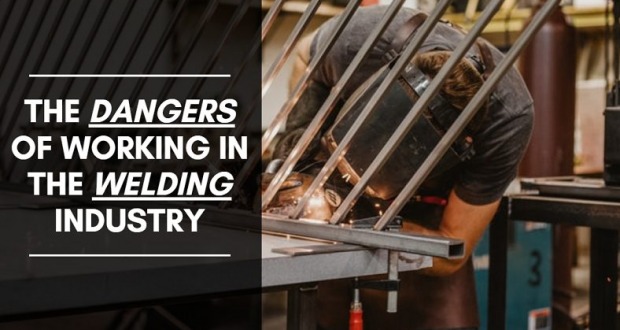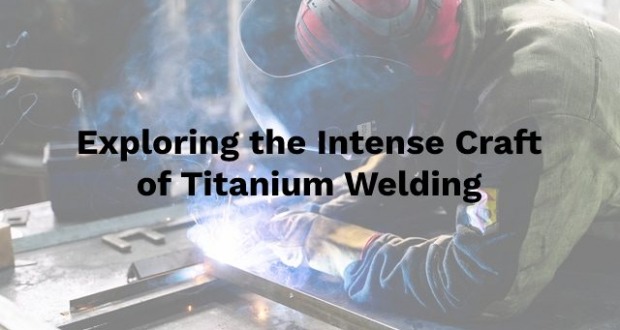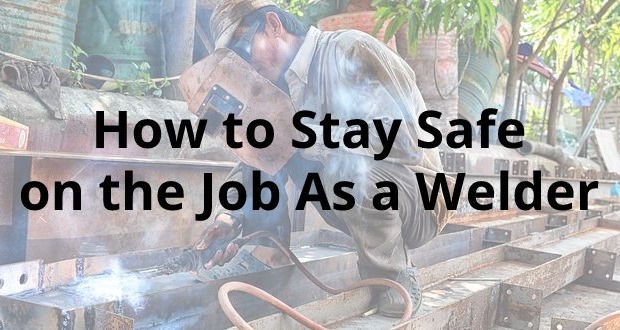
If a welding helmet is heat-resistant, what does that really mean?
For some, the issue of heat resistance involves the ability to protect your face from flames. That is why one of the top searches for welding helmets involves their flame resistance ratings.
The reality of welding helmet heat resistance is that it is based on the amperage at which you weld and your overall operating temperature. Higher amperage levels create higher working temperatures. Without the right level of protection in place, your helmet may not provide the right levels of personal safety protection.
What Is the Best Operating Temperature for Welding Helmets?
For most welding helmets, you will find a standard operation temperature range of -10°C to 70°C. That equates to a range of -14°F to 158°F.
Depending on the cost and quality of the helmet you prefer, you may find some shorter or wider operating temperature ratings.
Note that these temperatures are well below what the temperature of fire happens to be.
For high-amperage protection of 300 amps or more (often required for industrial welding applications), an aluminum sheet must be included with your welding helmet to provide you with the necessary protection.
What Happens Outside of the Operating Temperature Range?
Most operators will experience issues with cold temperatures exceeding the optimal temperature range for a welding helmet before they experience a heat issue. Working in 70°C for any length of time is guaranteed to give you a good soak.
The main issue of concern for cold-temperature welding involves helmets with an auto-darkening feature. Cold weather can slow the response time of the helmet to shade against the arc that you create. Although the time is still very fast, it will be noticeably longer than it usually is.
Cold temperatures create issues of fogging inside the helmet as well. If you encounter this issue, you may wish to look for anti-fogging welding helmets, especially if you are working with SMAW projects.
Factors to Evaluate When Using Auto Darkening Helmets
Most welding helmets feature a manual adjustment to customize your viewing experience. If you are welding at different amperages frequently, or if you have sensitive eyes, you may find it necessary to go with a darker setting. In cold temperatures, if you can manually set this feature before working, you may be able to prevent certain injuries.
The other issue to consider here is when using high-amperage welding applications. For most welders at home, the maximum amperage you’re working with is 200 amps. If you work professionally as a welder in an industrial setting, you may be working at 300+ amps. A standard home-use auto darkening helmet may not provide you with the adequate protection levels you require.
Battery response is another factor to consider. When temperature fall outside of the standard range, your battery charge is reduced. Some helmets in this category use a non-replaceable battery, which means you might find yourself replacing the helmet because of the battery in 2-3 years.
The bottom line is this: your welding helmet should be protective and comfortable. Evaluate your local conditions, then make sure to purchase a helmet that meets or exceeds those conditions.




















